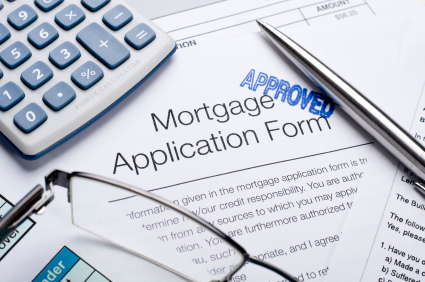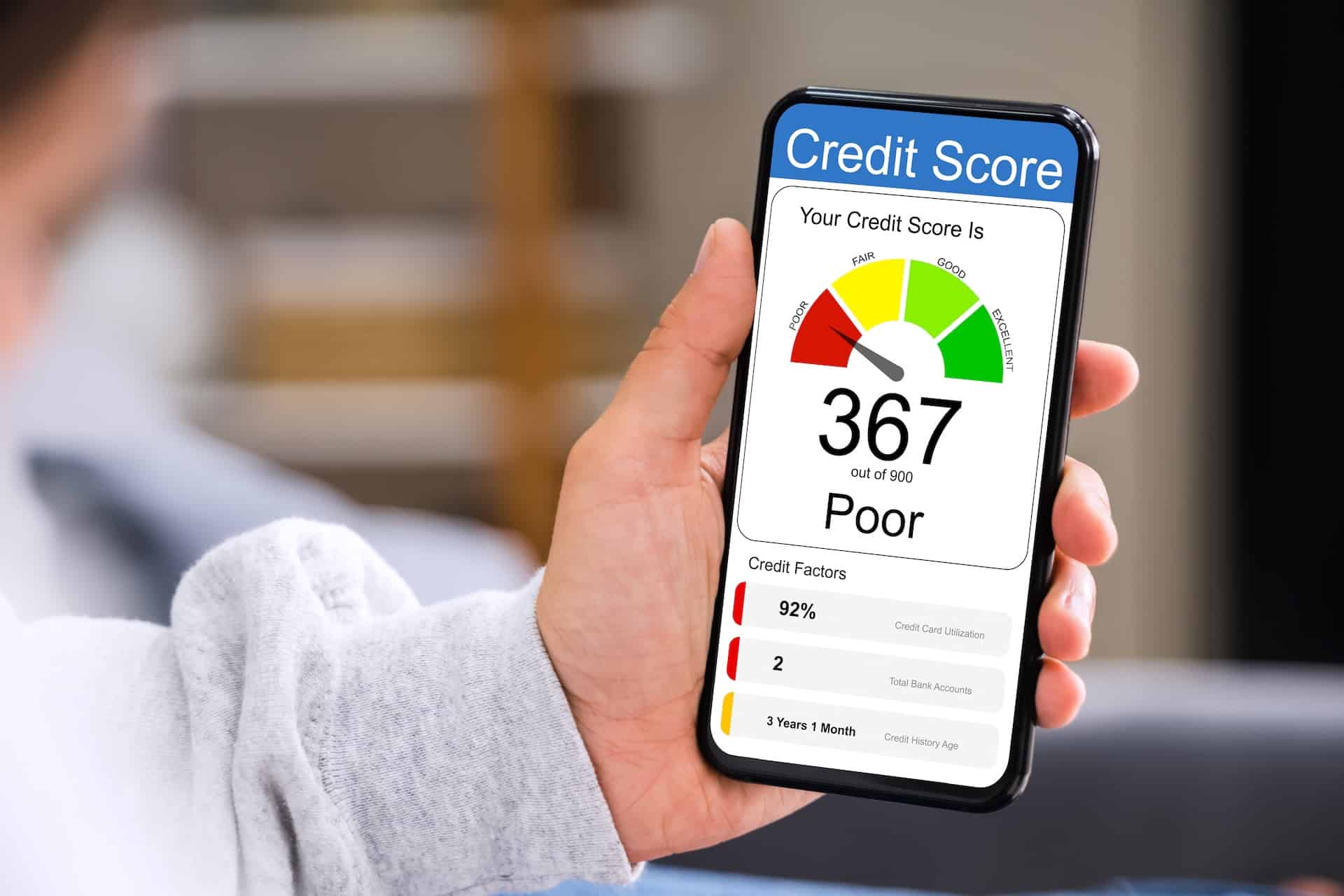Bankruptcy happens when a debtor does not have the means with which to fulfill all of his (or her) financial obligations. Filing for bankruptcy doesn’t necessarily reflect on the person’s moral compass or integrity. In some situations, particularly where there is negative cash flow (more money going out than coming in), declaring bankruptcy may be the wisest strategy for moving forward. In other cases, a single event like a job loss or medical emergency, can lead to an unrecoverable personal economic disaster for which the only course of action is total liquidation.
Bankruptcy does, of course, affect the filer’s credit. Depending on the type of bankruptcy, the effect remains on the consumer’s credit file for a period of seven to ten years. It is a negative marker that precludes many credit transactions. Some lenders will automatically disqualify an applicant whose file shows a bankruptcy. This is because the presence of a significant derogatory credit event usually means there is increased likelihood of future default.
Conventional Mortgage Waiting Periods
For a conventional mortgage, the borrower must wait four years after a Chapter 7 bankruptcy discharge, or two years after a Chapter 13 discharge (four years if the Chapter 13 bankruptcy was dismissed without a discharge).
If the borrower can show that the bankruptcy was due to extenuating circumstances that are not likely to be repeated (sudden job loss, devastating illness or death of a spouse, for example) the waiting period after a Chapter 7 bankruptcy may be shortened to two years.
FHA and VA Loans
The Federal Housing Authority, which guarantees loans for millions of homebuyers who cannot qualify for a traditional mortgage, sets shorter application waiting periods for prospective borrowers who have experienced a derogatory credit event (three years after a foreclosure or short-sale, and two years after a Chapter 7 bankruptcy). Veteran’s Administration mortgages impose the same waiting rules. Both the FHA and the VA allow consumers in Chapter 13 bankruptcy to obtain a mortgage after twelve months of satisfactory payments along with approval from the bankruptcy court.
Back to Work – Extenuating Circumstances Program
Until September 30, 2016 borrowers can obtain an FHA mortgage as soon as one year after a bankruptcy discharge under the Back to Work program. To qualify, the borrower must prove that the negative event was mainly caused by an unexpected, beyond reasonable personal control, economic calamity like a sudden job loss or catastrophic illness. Qualifying events include:
- Chapter 7 or 13 bankruptcy
- Foreclosure
- Pre-foreclosure sale
- Short-sale
- Deed-in-lieu of foreclosure
- Loan modification
- Forbearance
Successful applicants must show that they have fully recovered from the disabling event and that their credit standing was good prior to the event. The applicant must also complete housing counseling requirements.
Borrowers who experience multiple negative events, such as a foreclosure or short-sale in addition to the bankruptcy or who have multiple bankruptcy filings within a seven year period, can reasonably expect to be to disadvantaged. In the case of a bankruptcy and foreclosure, the lender has the option to impose only the bankruptcy waiting period if the mortgage was discharged as part of the bankruptcy. Otherwise, the longer waiting period applies. In the case of multiple bankruptcy filings, the waiting period is extended to five years (three years if the most recent filing was due to extenuating circumstances).
Rebuilding After Bankruptcy
Anyone recovering from bankruptcy who hopes to regain access to credit products must face the challenge of rebuilding their financial reputation one day at a time. The path is uncomplicated:
- Make all payments on time
- Obtain a secured credit card, and transition to a traditional card when eligible
- Keep balances low
- Ask for your on-time rent payments to be reported to the credit bureaus
- Monitor your credit carefully
- Work with the lender to meet eligibility requirements
Notwithstanding FHA or VA guidelines, the lender always holds the cards when it comes to approving a loan. Eligibility criteria, including minimum credit score, are set by each lender and the only way to assess borrower standing is to present the unique details of the case. In situations where lending guidelines are too strict for a bankruptcy survivor to achieve success, patience may be the only option. Wait a year and try again.




















